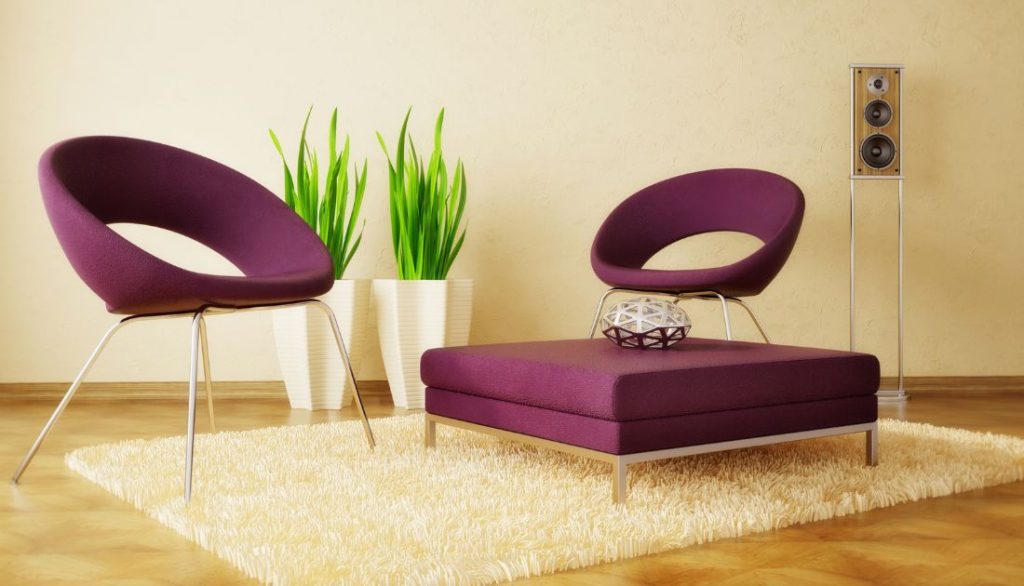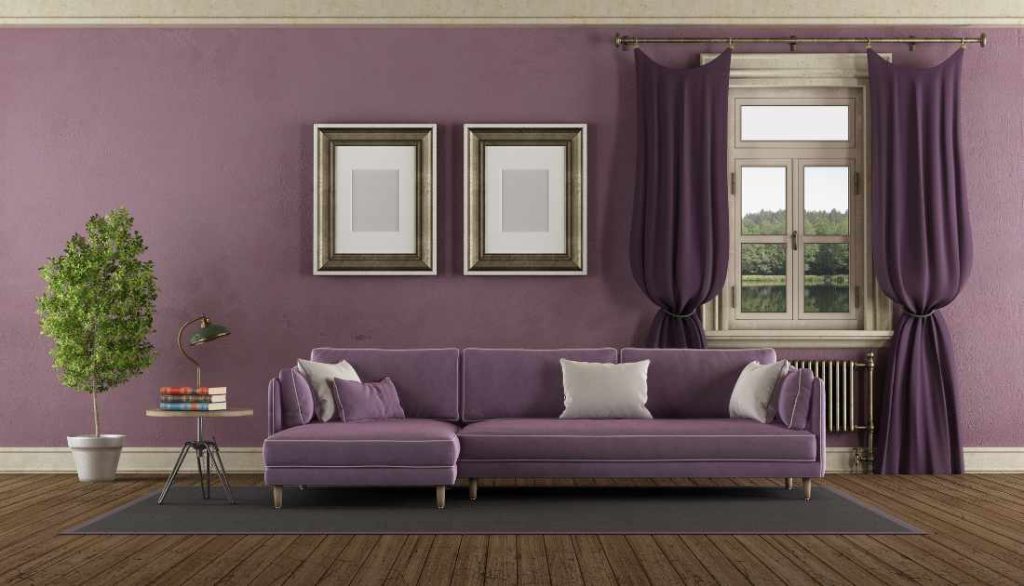Table of Contents
How do you dye a rug?
Dyeing your rug can be a transformative experience, giving new life to tired and worn-out pieces or allowing you to add a pop of color to update your home decor. However, the process can seem overwhelming for those unfamiliar with the techniques involved.
Rugs are not just floor coverings; they are pieces of art that can transform a room and add personality to any space. Dyeing might be the perfect solution if you want to breathe new life into your old rug or give a fresh twist to a plain one.
Dyeing your rug is like giving it a colorful makeover. It allows you to unleash your creativity and customize it to match your style perfectly.
Choosing the Right Dye for Your Rug
Selecting the correct type of dye is crucial when dyeing your rug. Consider factors such as the material of your rug and the desired color outcome.
- Natural dyes: These are derived from plants, insects, or minerals and provide a subtle, earthy tone to your rug.
- Acid dyes: Ideal for protein fibers like wool and silk, these dyes offer vibrant colors with excellent wash fastness.
- Reactive dyes: Suitable for natural fibers like cotton or bamboo, reactive dyes create long-lasting hues that bond well with the fabric.
To achieve professional-looking results in your DIY dyeing project, choose a dye that complements your rug’s material and desired color intensity.
Preparing Your Rug for Dyeing
Clean the Rug: Before dyeing your rug, it is crucial to ensure it is clean and free of dirt, dust, or debris. Use a vacuum or carpet cleaner to clean the rug’s surface thoroughly. Any dirt left on the rug can affect how the dye absorbs into the fibers.
Remove Stains: If there are any stubborn stains on your rug, take the time to remove them before proceeding with dyeing. Use specific stain removers or homemade solutions like vinegar and baking soda to tackle tough stains effectively.
Protect Surrounding Areas: When dyeing your rug, protect surrounding areas from accidental spills or drips of dye. Lay down plastic sheets or old towels around the carpet to prevent any damage to your floors or furniture during dyeing.
Mixing and Testing the Dye Solution
Prepare the dye solution: Mix the powder with hot water in a large container. Stir well to ensure that the dye is fully dissolved and evenly distributed. Use a measuring cup to follow the recommended ratio of dye to water for best results.
Test on a small sample: Before applying the dye solution to your entire rug, test it on a small, inconspicuous area first. This will allow you to observe the color of your specific rug material and make any necessary adjustments before proceeding with the entire application.
Adjust as needed: If unsatisfied with the color achieved during testing, you can adjust the dye concentration or mix additional colors to achieve your desired shade. Take notes during this process to replicate successful results when applying the dye to your rug.

Applying the Dye to Your Rug
Prepare your dye mixture: Mix your desired fabric colors according to the manufacturer’s instructions. Wear protective gloves and work in a well-ventilated area to avoid accidents.
Apply the dye evenly: Using a sponge, brush, or spray bottle, apply the dye onto your rug in smooth, even strokes. Take care not to oversaturate areas, as this can lead to uneven coloring or bleeding of colors.
Allow time for drying and setting: After applying the dye, let your rug dry completely before moving it or using it again. Follow any additional instructions provided with the dye regarding setting times or heat application for best results.
Achieving Gradient and Ombre Effects
Mix your dye colors to create shades that blend seamlessly from light to dark.
Apply the lightest shade first and gradually increase the intensity of the color as you move across the rug.
Use a sponge or brush with soft, blending strokes to create a smooth transition between each color.
By following these steps, you can achieve beautiful gradient and ombre effects on your rug, adding depth and dimension to your space. Remember to work slowly and carefully to ensure an even application of color.
Fixing and Setting the Dye
Once you have successfully applied the dye to your rug, the next crucial step is fixing and setting the color to ensure it lasts for years.
Here are some professional tips and techniques to follow:
- Thoroughly rinse the rug with cold water until the water runs clear, removing any excess dye residue.
- Mix a white vinegar and water solution in a spray bottle and mist it over the dyed area. Vinegar helps set the dye in natural fibers like wool or cotton.
- Allow the rug to dry completely before vacuuming or stepping on to prevent color transfer or fading.
Rinsing and Washing Your Dyed Rug
Rinse thoroughly: Once the dye has been set on your rug, it’s time to rinse the excess dye. Start by rinsing the rug under cold running water until the water runs clear. This will help remove any excess dye that didn’t bind to the fibers.
Use a mild detergent: After rinsing, wash your dyed rug with a mild detergent to remove any remaining dye particles and dirt. Gently massage the detergent into the fibers and rinse until all soap residue is gone.
Air dry properly: Finally, allow your rug to air dry completely before using or placing it back in its designated area. Avoid direct sunlight as this can cause fading, and make sure the carpet is completely dry before putting it back in place to prevent mold or mildew growth.
Tips for Maintaining the Color and Quality of Your Dyed Rug
Regular Vacuuming: Keep your dyed rug clean by vacuuming it regularly to prevent dirt and dust from settling into the fibers and dulling the color.
Spot Cleaning: To prevent spills and stains from setting into the rug, address them immediately with a damp cloth or a gentle cleaning solution.
Rotate Your Rug: To ensure even wear, rotate your dyed rug periodically to prevent specific areas from fading more quickly than others.

